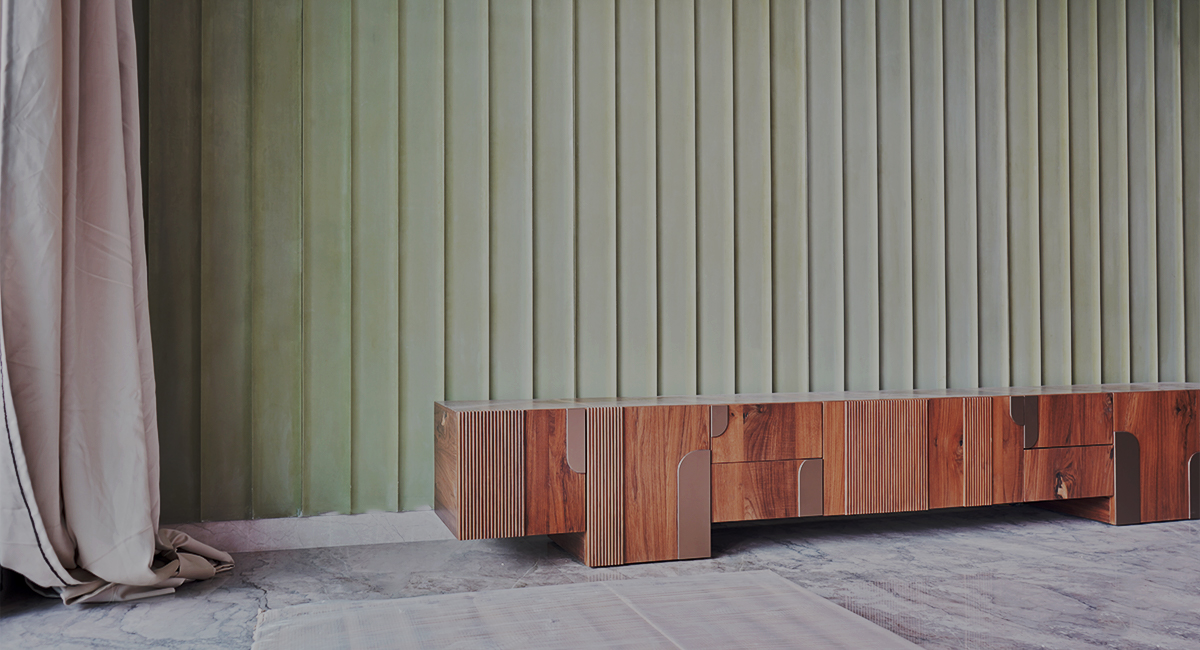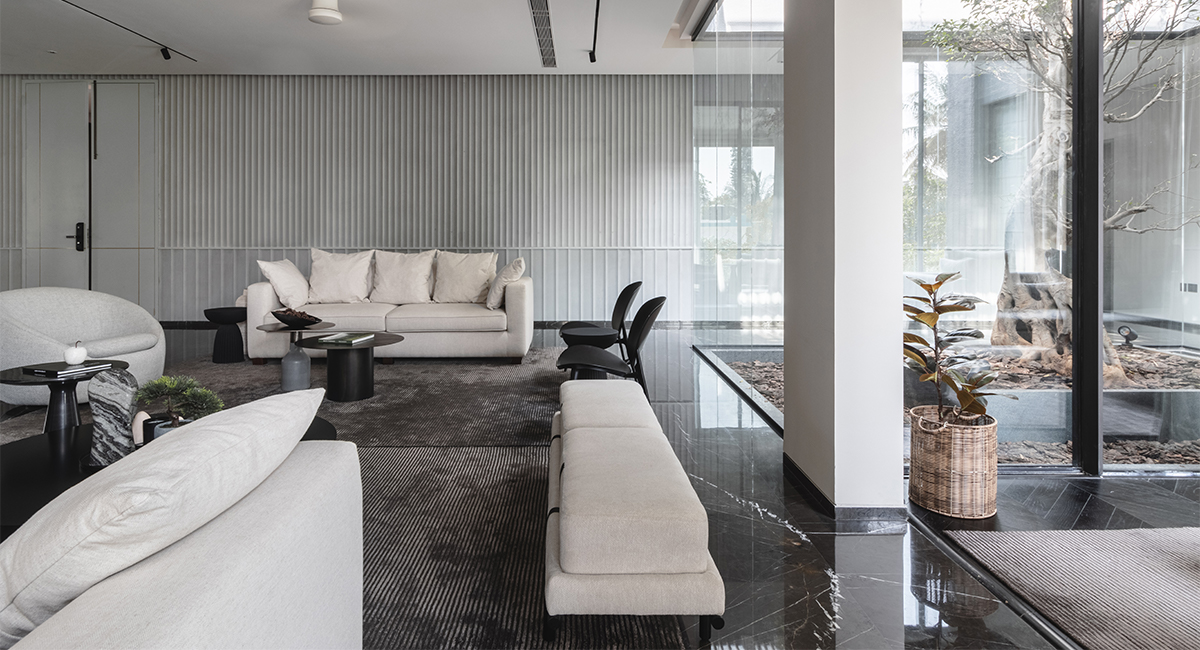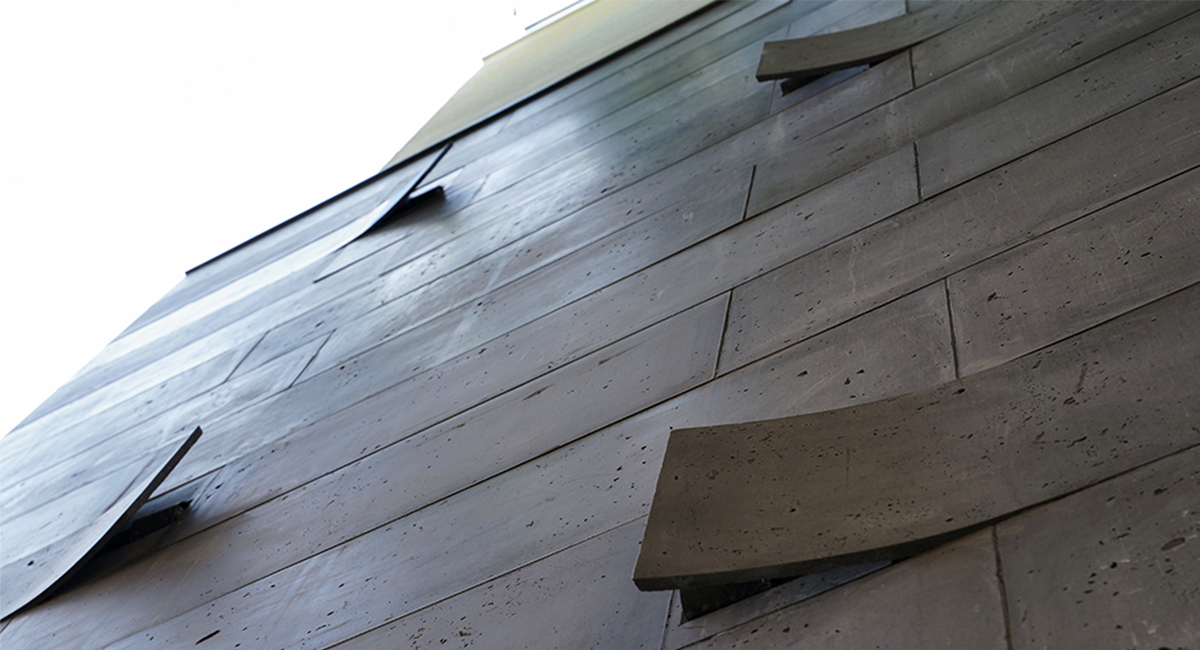In the construction industry, the decision between precast and in situ casting wall panels is significant, influencing project deadlines, prices, and overall aesthetics.
Architects, contractors, and interior designers must carefully consider this decision, recognizing the intricacies and ramifications of each option. Let us compare precast and in situ casting wall panels to better understand their differences and uses.
Understanding Precast Wall Panels
Precast wall panels are made off-site in controlled circumstances, usually in specialist facilities. These panels are cast in molds and cured under specific circumstances before being brought to the construction site. This method has various benefits, including:
1. Quality Assurance: Precast panels are subjected to stringent quality control techniques to ensure consistency in dimensions, strength, and finish.
2. Installation Speed: Because precast panels are prefabricated, they can be installed quickly on-site, decreasing construction time and labor costs.
3. Design Flexibility: Precast panels can be produced in a variety of shapes, sizes, and textures, giving architects and designers more creative freedom.
4. Weather Independence: Because precast panels are manufactured in controlled circumstances, weather-related delays are reduced, making them perfect for projects in high-risk areas.
Exploring In Situ Casting Wall Panel
In situ casting, also known as cast-in-place, is the process of pouring concrete directly into on-site molds and curing it to make the appropriate wall panels. This approach has its own set of benefits:
1. Tailored to Site Conditions: In situ casting enables exact modification to site-specific requirements, making it easy to accommodate unusual forms and dimensions.
2. Seamless Integration: Because panels are cast on-site, they blend perfectly with other structural elements, assuring cohesiveness and structural integrity.
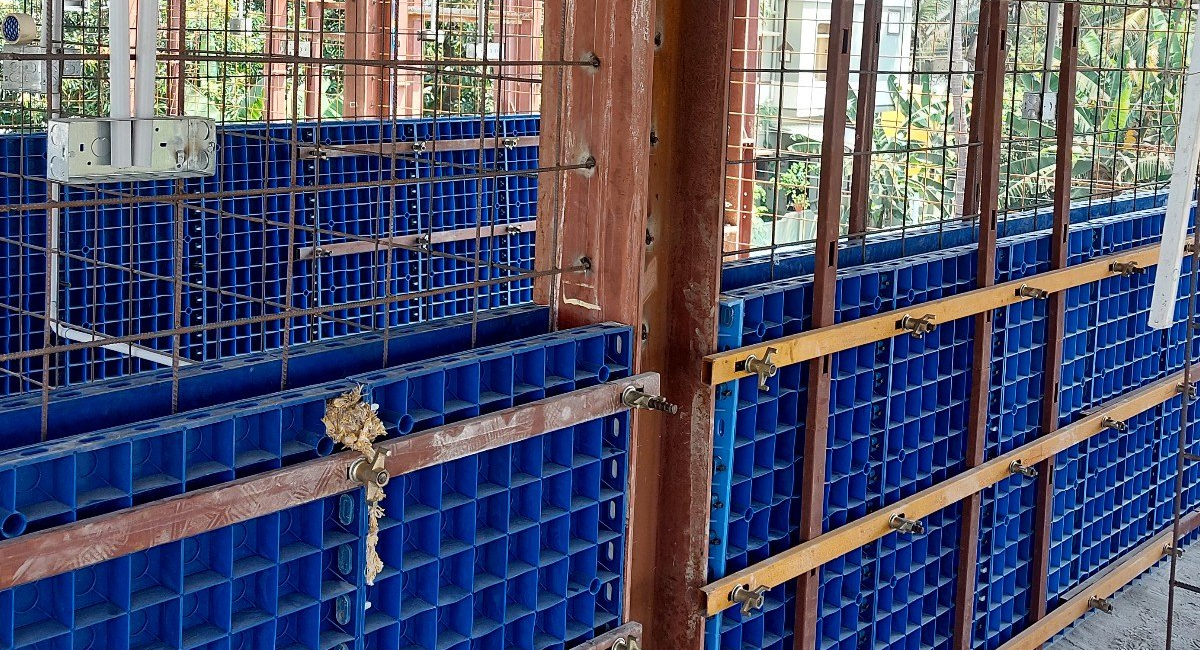
3. Customization Opportunities: Design changes can be made during the casting process, providing flexibility in response to changing project requirements or client preferences.
4. Cost Efficiency for Large Projects: In certain scenarios, particularly for large-scale projects, in situ casting can be more cost-effective than precast alternatives, as it eliminates transportation costs and logistical complexities associated with off-site manufacturing.
While most of the architects, designers and engineers are in dilemma whether choosing precast or going with in situ, they are possibly missing out the latest advanced technology driven world class Litheoz wall panels. To know more about Litheoz wall panels and its endless possibilities click here.
Precast vs. In Situ: A Comparative Analysis
Quality and Consistency: Precast panels offer superior quality control due to controlled manufacturing conditions, ensuring uniformity and adherence to design specifications. In contrast, in situ casting relies heavily on on-site factors, potentially leading to variations in quality and finish.
Speed of Installation: Precast panels streamline on-site assembly, accelerating construction schedules and minimizing disruptions. In situ casting, while offering customization benefits, may extend project timelines due to the time required for on-site casting and curing.
Design Flexibility: Precast panels excel in design versatility, with manufacturers offering a plethora of options in terms of shapes, textures, and finishes. In situ casting provides flexibility in adapting to site-specific requirements, offering architects greater control over design intricacies.
Cost Considerations: While precast panels may entail higher initial manufacturing costs, they often offset this expense through savings in on-site labor and construction time. In situ casting, on the other hand, can be more cost-effective for certain projects, particularly those with extensive customization needs or logistical constraints.
Challenges of in situ concrete wall panels
In situ construction is practiced in a very fine number of places and by a handful of architects who are pretty confident about their set of contractors and laborers. There are certainly some challenges on achieving the desired final output in terms of color, texture or durability for in situ.
1. Ensuring Consistent Quality: Consider making sure each concrete panel is robust, smooth, and the proper size. It’s similar to ensuring that every member of a band always hits the correct note.
2. Creating the Perfect Mold: Designing the formwork is similar to building a sculpture mold. You want every corner and curve to be exactly right so that the concrete sets perfectly.
3. Getting the Mix Right: The process of mixing and drying concrete is similar to following a recipe. You must do everything correctly to ensure that the concrete is robust and long-lasting.
4. Skilled Workers Matter: Having skilled workers is similar to having experienced artists. They understand how to use the tools and resources to ensure that everything comes out perfectly.
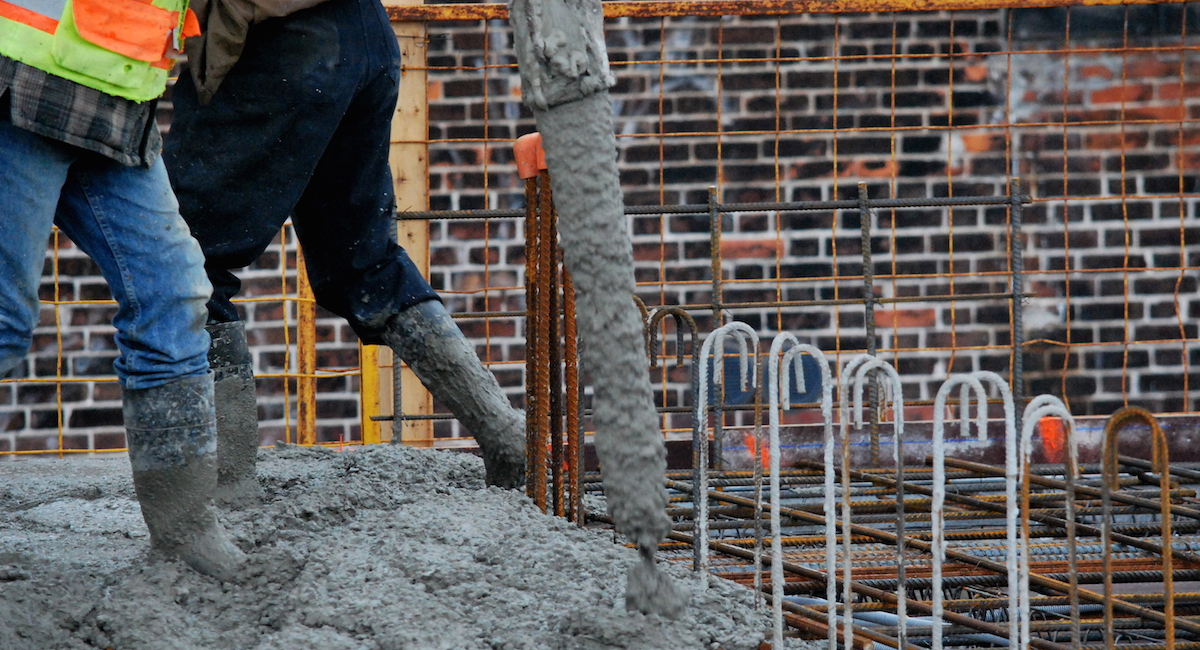
5. Coordinating Everything: Getting all of the goods and people to the correct spot at the right time is similar to planning a large party. It takes planning and coordination to ensure that everything runs well.
6. Making it Fit Together: Assembling the concrete panels with the rest of the building is like solving a large puzzle. You need to ensure that everything fits together perfectly.
7. Adding Special Touches: Sometimes you want to add special designs or features to the concrete. It’s like adding decorations to a cake. It takes extra care and attention to make it look just right.
8. Preventing Problems: Making sure the concrete doesn’t crack or shrink too much is like taking care of a plant. You have to give it the right conditions to grow strong and healthy.
This is where the precast concrete panels can be a lifesaver for the architects. Reduce their efforts to almost 40%. When it comes to advanced concrete like Litheoz (UHFRC), the effectiveness of the material, quality and finesse increases to achieve the aspiration of designer and architects. In some or other way it becomes an economic way in comparison to the in situ option.
Takeaways
In the dynamic landscape of construction, the choice between precast and in situ casting wall panels hinges on project-specific requirements, budget constraints, and aesthetic preferences.
While precast panels offer streamlined installation and consistent quality, in situ casting provides unparalleled customization opportunities and cost efficiencies for certain projects. Architects, contractors, and interior designers must weigh these factors carefully to determine the most suitable approach for each endeavor.
In India, where construction practices are evolving rapidly to meet the demands of a burgeoning urban landscape, both precast and in situ casting wall panels present viable alternatives to traditional wall cladding methods.
By understanding the nuances and benefits of each approach, industry professionals can navigate the complexities of construction projects with confidence, delivering innovative and sustainable solutions that enrich the built environment.
Tags: architectural precast, cast in situ concrete, cast in situ construction, cast-in-situ meaning, concrete block retaining walls, concrete casting meaning, difference between precast and prefabricated, precast concrete meaning, precast concrete slab, precast concrete wall panels price, precast construction, precast wall panels price, slab vs cast
